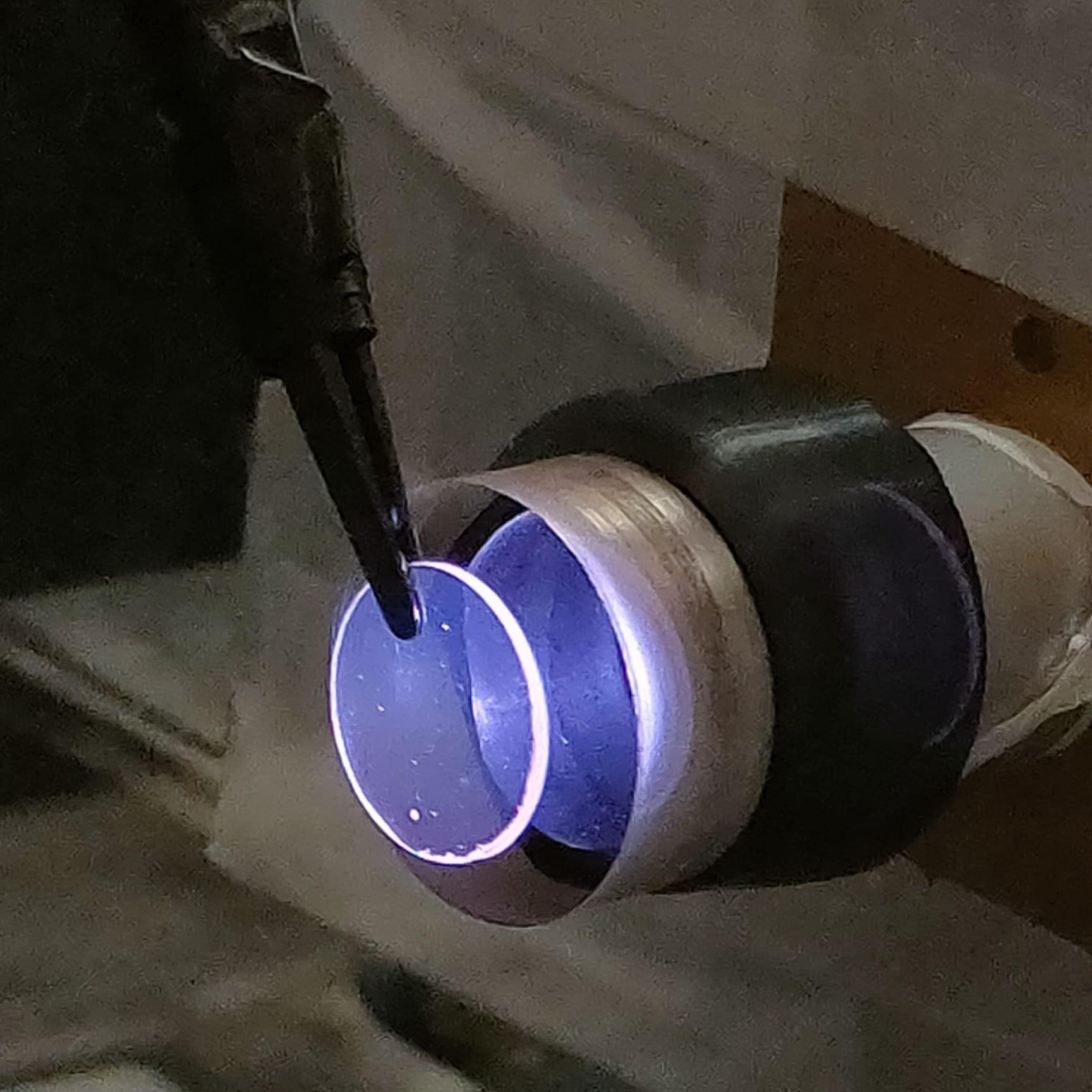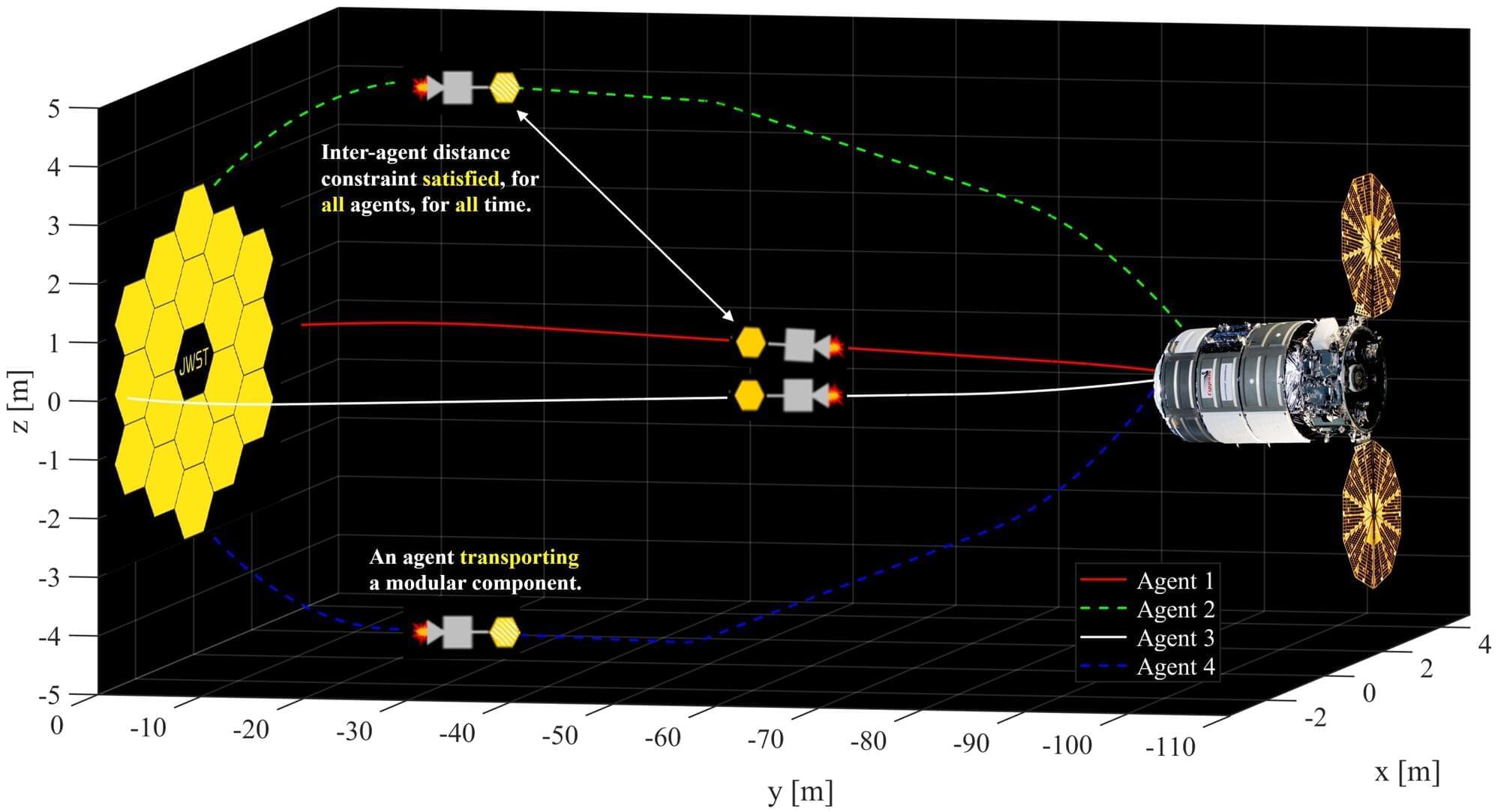Transparent aluminum oxide (TAlOx), a real material despite its sci-fi name, is incredibly hard and resistant to scratches, making it perfect for protective coatings on electronics, optical sensors, and solar panels. On the sci-fi show Star Trek, it is even used for starship windows and spacefaring aquariums.
Current methods of making TAlOx are expensive and complicated, requiring high-powered lasers, vacuum chambers, or large vats of dangerous acids. That may change thanks to research co-authored by Filipino scientists from the Ateneo de Manila University.
Instead of immersing entire sheets of metal into acidic solutions, the researchers applied microdroplets of acidic solution onto small aluminum surfaces and applied an electric current. Just two volts of electricity—barely more than what’s found in a single AA household flashlight battery—was all that was needed to transform the metal into glass-like TAlOx.








